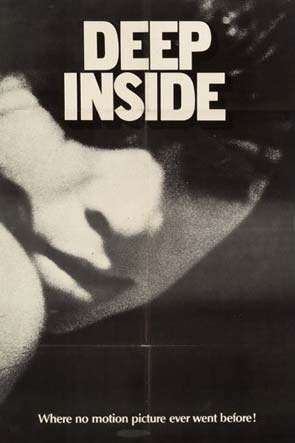We’re sure to disagree on many points today, but I think that we here all agree on a number of things. We all agree that, to understand morality, you’ve got to think about evolution and culture. You’ve got to know something about chimpanzees and bonobos and babies and psychopaths. You’ve got to know the differences between them. You’ve got to study the brain and the mind, and you’ve got to put it all together. (…)
We need metaphors and analogies to think about difficult topics, such as morality. An analogy that Marc Hauser and John Mikhail have developed in recent years is that morality is like language. And I think it’s a very, very good metaphor. It illuminates many aspects of morality. It’s particularly good, I think, for sequences of actions that occur in time with varying aspects of intentionality.
But, once we expand the moral domain beyond harm, I find that metaphors drawn from perception become more illuminating, more useful. I’m not trying to say that the language analogy is wrong or deficient. I’m just saying, let’s think of another analogy, a perceptual analogy.
So if you think about vision, touch, and taste, for all three senses, our bodies are built with a small number of specialized receptors. So, in the eye, we’ve got four kinds of cells in the retina to detect different frequencies of light. In our skin, we’ve got three kinds of receptors for temperature and pressure and tissue damage or pain. And on our tongues, we have these five kinds of taste receptor.
I think taste offers the closest, the richest, source domain for understanding morality. First, the links between taste, affect, and behavior are as clear as could be. Tastes are either good or bad. The good tastes, sweet and savory, and salt to some extent, these make us feel “I want more.” They make us want to approach. They say, “this is good.” Whereas, sour and bitter tell us, “whoa, pull back, stop.”
Second, the taste metaphor fits with our intuitive morality so well that we often use it in our everyday moral language. We refer to acts as “tasteless,” as “leaving a bad taste” in our mouths. We make disgust faces in response to certain violations.
Third, every culture constructs its own particular cuisine, its own way of pleasing those taste receptors. The taste analogy gets at what’s universal—that is, the taste receptors of the moral mind—while it leaves plenty of room for cultural variation. Each culture comes up with its own particular way of pleasing these receptors, using local ingredients, drawing on historical traditions.
And fourth, the metaphor has an excellent pedigree. It was used 2,300 years ago in China by Mencius, who wrote, “Moral principles please our minds as beef and mutton and pork please our mouths.” It was also a favorite of David Hume, but I’ll come back to that.
So, my goal in this talk is to develop the idea that moral psychology is like the psychology of taste in some important ways.
{ Jonathan Haidt/Edge | Continue reading }


















